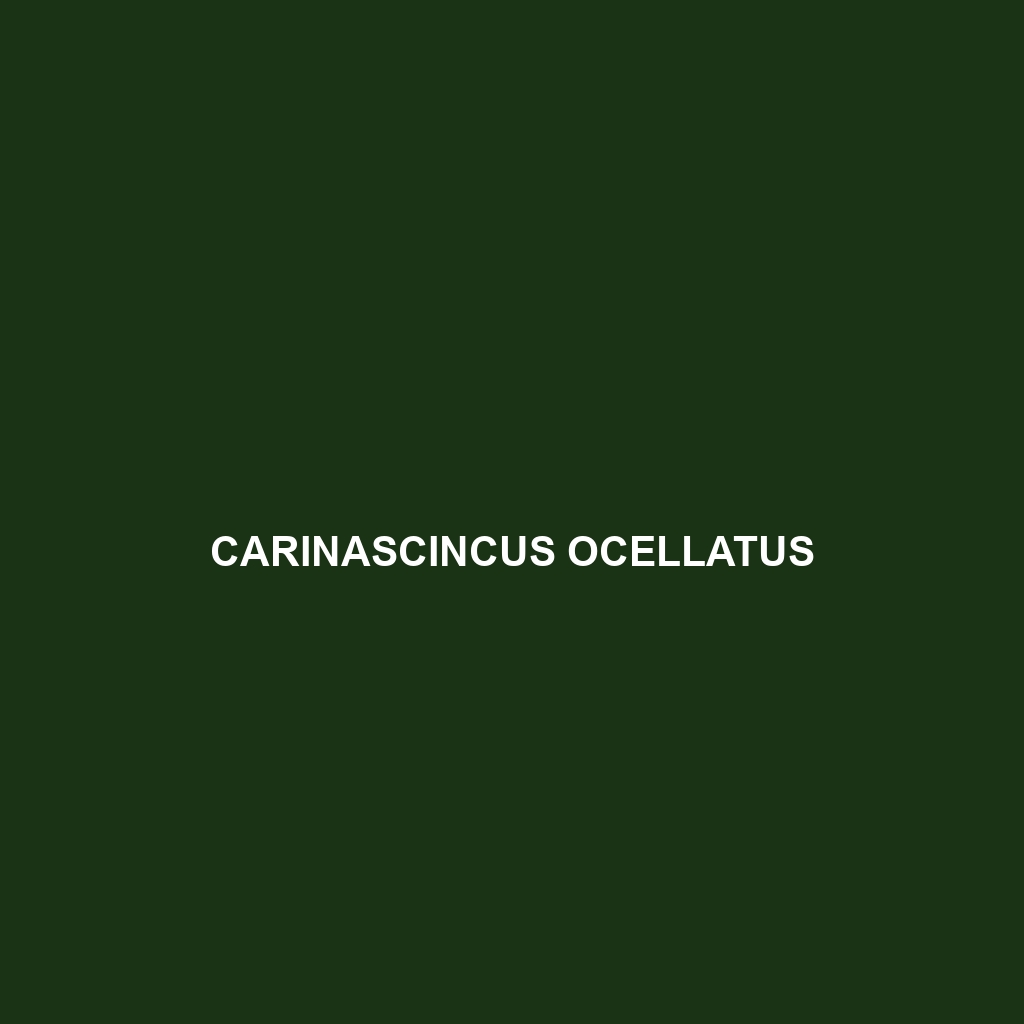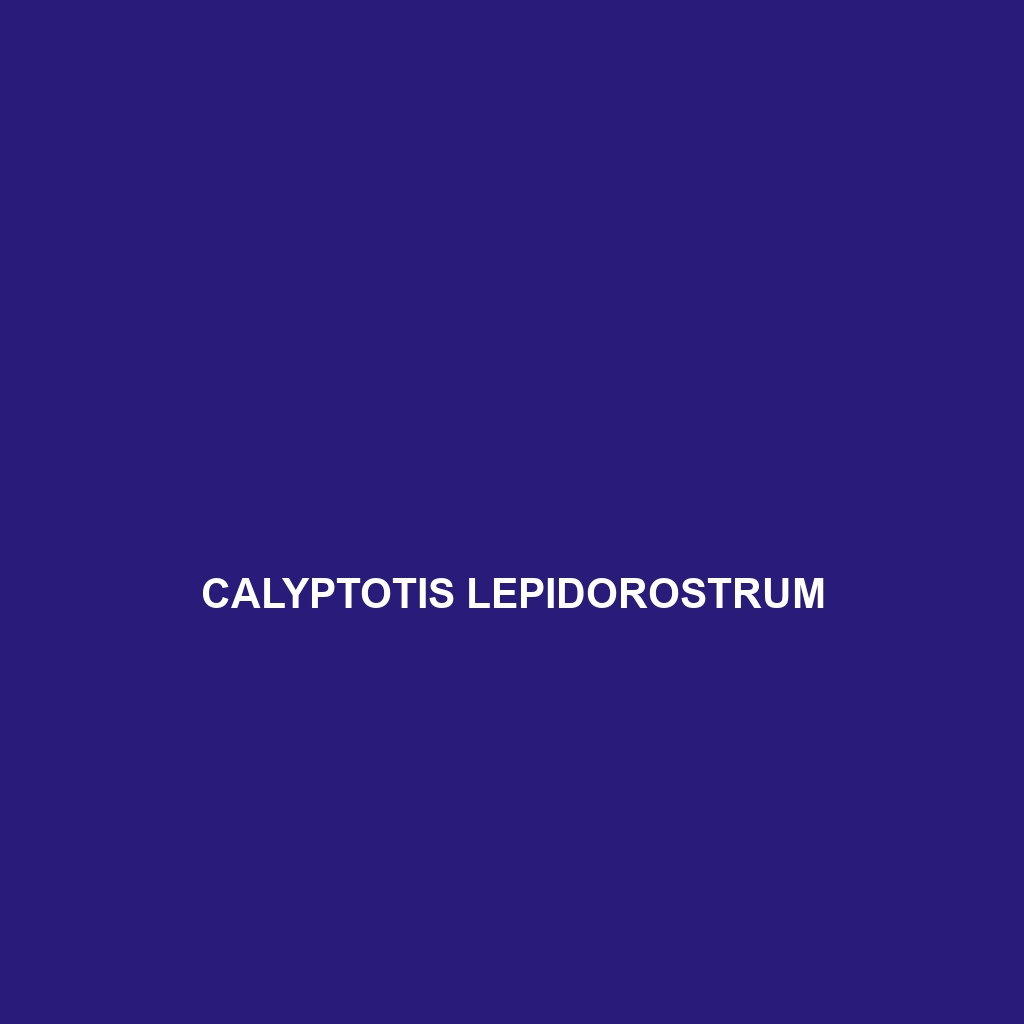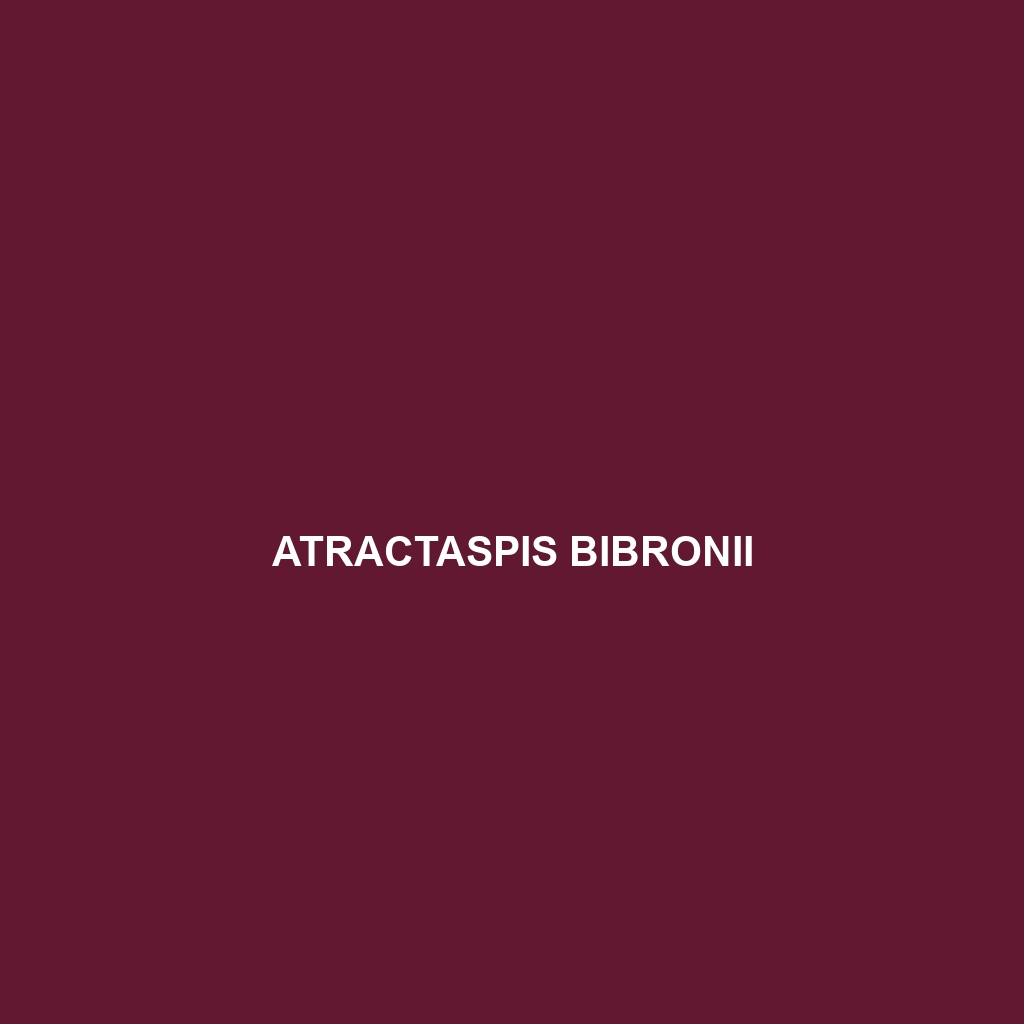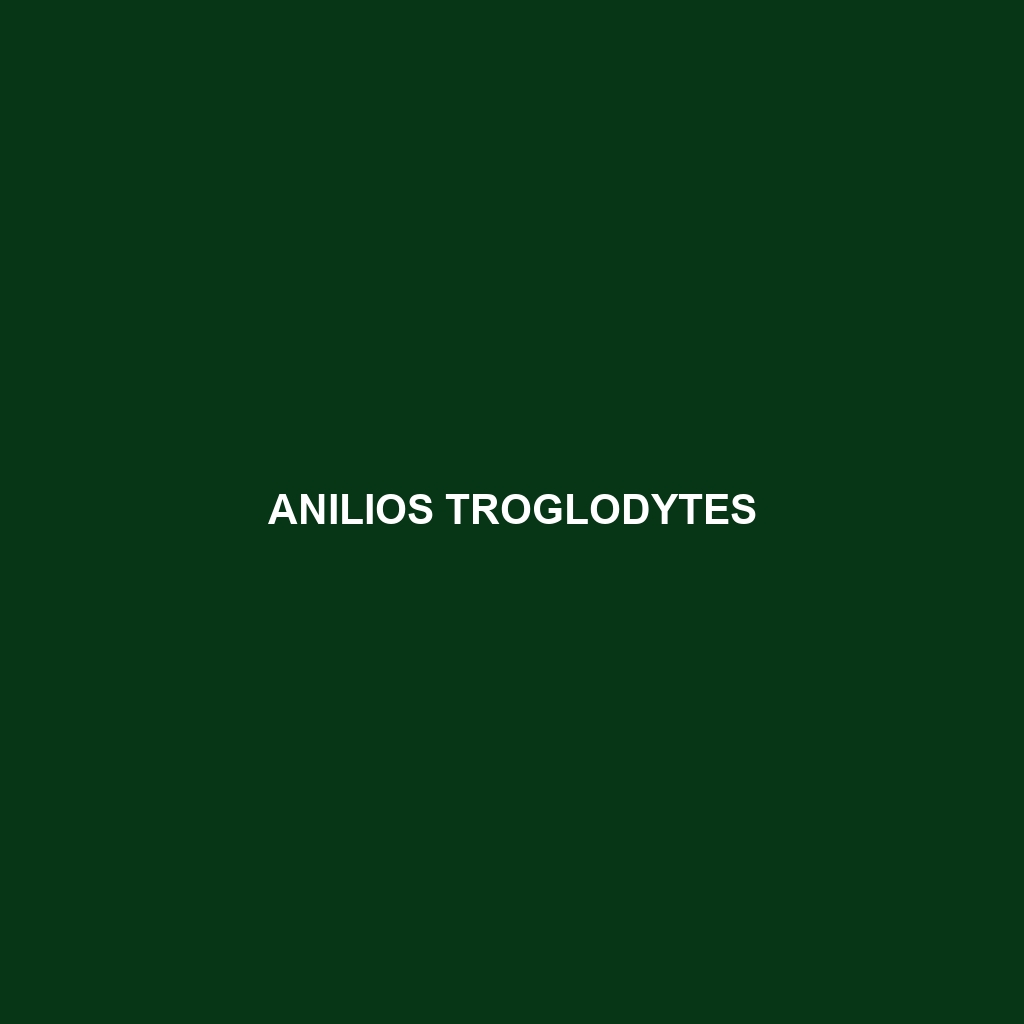Discover the Carlia bicarinata, or northern bicarinate skink, a slender, agile species native to northeastern Australia, notable for its unique two-keeled dorsal scales and diurnal foraging behavior. This skink primarily eats insects and helps maintain ecological balance while exhibiting fascinating traits such as tail regeneration.
Tag: biodiversity in Australia
Carinascincus ocellatus
<p>Discover the <b>Carinascincus ocellatus</b>, or spotted skink, a medium-sized lizard native to southeastern Australia, recognized for its distinctive brown to olive green coloration and diurnal behavior. This agile insectivorous skink thrives in diverse habitats and plays a crucial role in its ecosystem, from controlling insect populations to serving as prey for larger animals.</p>
Calyptotis lepidorostrum
Calyptotis lepidorostrum, commonly known as the striped skink, is a diurnal reptile found in the arid regions of Australia, characterized by its slender body, brown and grey coloration with distinctive white stripes, and a diet primarily consisting of insects. Known for its ability to regenerate its tail and play a crucial role in controlling insect populations, this species thrives in sandy soils and vegetation-covered habitats.
Brachyurophis semifasciatus
Discover the Semi-banded Snake (Brachyurophis semifasciatus), a slender and nocturnal reptile native to Australia, known for its impressive camouflage and diet consisting mainly of small reptiles and invertebrates. With a length of 60 to 90 cm, this species plays a vital role in its ecosystem while exhibiting unique behaviors such as burrowing and rolling into a ball for defense.
Aprasia pseudopulchella
Discover the southern worm-lizard (Aprasia pseudopulchella), a slender, secretive reptile found in the dry sclerophyll forests and grassy woodlands of southeastern Australia. With its unique flattened head, smooth skin, and diet primarily consisting of small invertebrates, this vulnerable species plays a crucial role in maintaining ecosystem balance.
Aprasia haroldi
<p>Discover the fascinating <i>Aprasia haroldi</i>, a slender skink native to southeastern Australia's dry sclerophyll forests. With its unique ability to regenerate its tail and a diet of small invertebrates, this vulnerable species plays a crucial role in regulating insect populations and maintaining ecological balance.</p>
Antaresia perthensis
Discover the Antaresia perthensis, or Children's Python, a docile and strikingly patterned snake native to Australia, thriving in diverse habitats. This carnivorous species, known for its nocturnal behaviors and effective pest control abilities, grows 3 to 5 feet long and captivates reptile enthusiasts with its manageable size and calm demeanor.
Antaresia childreni
Discover the captivating Children's Python (Antaresia childreni), a non-venomous snake native to northern and eastern Australia, known for its slender body, vibrant patterns, and docile temperament. This adaptable species thrives in diverse habitats and plays a crucial role in maintaining ecological balance by preying on small mammals, lizards, and birds.
Anilios troglodytes
Discover the fascinating Anilios troglodytes, also known as the burrowing blind snake, a nocturnal fossorial species found in Australia’s sandy habitats. With its elongated body, small vestigial eyes, and specialized diet of small invertebrates, this unique snake plays a vital role in maintaining the balance of its ecosystem.









